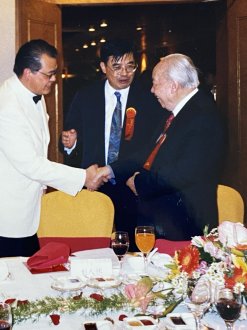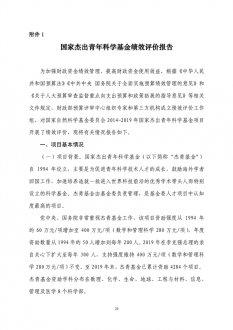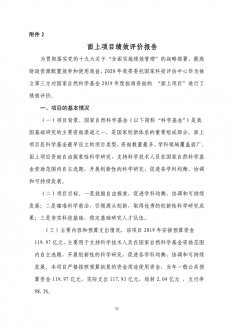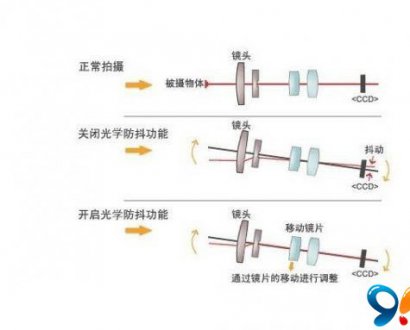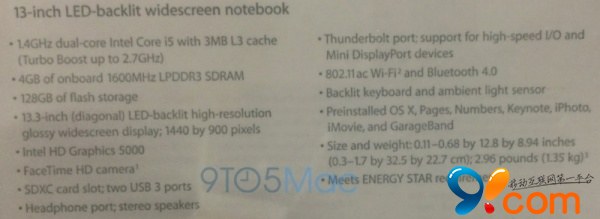最有毒的是南美洲的某些栉足蛛科蜘蛛(Phoneutria;fig.3.7d) (Bücherl, 1953, 1971; Schenberg and Pereira Lima, 1971).与上面提到的大多数其他危险蜘蛛不同的是,这些 ctenid 的蜘蛛相当咄咄逼人。它们的咬伤非常痛苦,可能会引起休克。观察到的症状包括震颤,出汗,心跳加速,呕吐,感觉寒冷和紧张。这种毒液是天冬氨酸、谷氨酸、组胺、透明质酸酶、赖氨酸和5-羟色胺的复杂混合物,通过激活神经和肌肉膜的Na+通道来针对神经系统 (Entwistle et al., 1982; Fontana and Vital Brazil, 1985; Bucaretchi et al., 2000)。其中一种代表性的蜘蛛(Phoneutria Nigriventer)每咬一口大约注射8毫克(干重)的毒液。该剂量理论上足以杀死300只小鼠(LD50=0.013 mg/只)。然而,这种咬伤对人类来说很少是致命的,可能是因为在防御性咬伤过程中只注射了少量的毒素。大多数患者在1-2天内康复,只有少数人需要抗蛇毒血清治疗。虽然巴西在2006年报告了2700起被Phoneutria叮咬的事件,但只有0.5%-1%的被叮咬的人显示出任何严重的傍晚效应(Bucaretchi等人,2008年)。
The large wandering spider Cupiennius salei is one of the best studied spiders (Barth, 2002) and belongs to the same family as Phoneutria (Ctenidae). Its bite is harmless for humans, but not for arthropods. Chemically, the venom contains three molecular groups: (1) many ions and low-molecular-mass compounds such as amino acids and amines; (2) neurotoxins (CSTX, Cupiennius salei toxins), neuro- toxic enhancer peptides, and cytolytic peptides (cupiennins); and (3) a highly active hyaluronidase that acts in combination with the cytolytic peptides as a spreading agent for the neurotoxins (Kuhn-Nentwig et al., 2004).
大型游荡蜘蛛Cupiennius Salei是研究最深入的蜘蛛之一(Barth,2002),与Phoneutria(Ctenidae)同属一科。它的咬伤对人类无害,但对节肢动物不会。在化学上,这种毒液包含三个分子群:(1)许多离子和低分子化合物,如氨基酸和胺;(2)神经毒素(CSTX,Cupiennius Salei毒素)、神经毒性增强子肽和细胞溶解肽(Cupiennins);以及(3)一种高活性的透明质酸酶,它与细胞溶解肽一起作用,作为神经毒素的扩散剂(Kuhn-Nentwig等人)。
The total amount of venom present is about 12 ml/gland in female spiders; it takes more than 2 weeks to replenish an empty venom gland. Interestingly, Cupiennius does not inject more venom per bite than is necessary. Harmless prey animals receive a smaller dose of venom than strong and aggressive prey. This eco- nomical use of venom implies that the spider must know which kind of prey it is dealing with before the actual bite (Wullschleger and Nentwig, 2002). Apparently olfactory information is helpful in making the right decision (Hostettler and Nentwig, 2006). Furthermore, the most efficient spot to quickly paralyze a cricket, for instance, lies around the coxae of the front legs—and this is exactly where most of the spider bites were observed. In small prey the bite lasts rather long (3 minutes), and venom is probably injected in several small doses; in large, struggling prey more venom is applied but during a shorter bite (Boevé, 1994). Overall, it seems that Cupiennius can adjust the amount of venom to a specific prey type, thus making optimal use of the available venom (Wigger et al., 2002).
雌性蜘蛛的毒液总量约为12 ml/腺体,一个空的毒腺需要2周以上的时间才能补充。有趣的是,Cupiennius 每次咬一口都不会注射超过必要剂量的毒液。无害的猎物比强壮和攻击性强的猎物被注射的毒液剂量更小。这种毒液的经济用途意味着蜘蛛在被咬之前必须知道它面对的是哪种猎物(Wullschleger and Nentwig, 2002)。显然,嗅觉信息有助于做出正确的决定(Hostettler and Nentwig, 2006)。此外,例如,使蟋蟀迅速瘫痪的最有效的攻击点位于前腿的髋部周围-这正是观测到的大多数蜘蛛叮咬的的地方。在小型猎物中,被咬的时间相当长(3分钟),毒液可能以几个小剂量注射;在大型、挣扎的猎物中,使用更多的毒液,但咬的时间较短(Boevé,1994)。总体而言,Cupiennius 似乎可以将毒液的数量调整以此针对特定的猎物类型,从而优化利用现有的毒液(Wigger et al., 2002)。
上一篇:科学网期刊编辑该让作者推荐审稿人吗? 下一篇:科学网Secondary aperture模型开发助力制备高性能G






